[et_pb_section admin_label=”section”][et_pb_row admin_label=”Row”][et_pb_column type=”1_4″][et_pb_text admin_label=”Text” background_layout=”light” text_orientation=”left” use_border_color=”off” border_color=”#ffffff” border_style=”solid”] ![]() [/et_pb_text][/et_pb_column][et_pb_column type=”3_4″][et_pb_text admin_label=”Major advertisers” background_layout=”light” text_orientation=”left” use_border_color=”off” border_color=”#ffffff” border_style=”solid” module_id=”Major advertisers”]
[/et_pb_text][/et_pb_column][et_pb_column type=”3_4″][et_pb_text admin_label=”Major advertisers” background_layout=”light” text_orientation=”left” use_border_color=”off” border_color=”#ffffff” border_style=”solid” module_id=”Major advertisers”]
Old Hilltop. Photo by The Racing Biz.
by Frank Vespe
The Maryland Stadium Authority on Friday issued the report resulting from the first phase of its study into the future of Pimlico as the home of the Preakness. Some questions and answers from the report:
WHAT DOES THE REPORT SAY SPECIFICALLY?
The report that came out Friday provides the results of the first phase of an anticipated two-phase study, undertaken by the Maryland Stadium Authority, to “guide the City of Baltimore and State in determining the extent of its potential support to renovate or rebuild Pimlico Race Course to remain the long-term home for the Preakness Stakes.”
In this phase, the Authority took as its charge determining whether Pimlico could or should be saved, and what such an effort would entail.
From the report:
“There do not appear to be any situational factors [location, neighborhood, safety, etc.] that cannot be overcome with regard to continue hosting the Preakness at Pimlico. The facilities do have significant challenges which should be addressed, and many of these pose threats to the continued existence of Pimlico and the success of the Preakness…
“Pimlico is antiquated and in need of substantial renovations… [In addition to safety, security, and building code issues], the facility also lacks modern day seating products, amenities and technology found in comparable venues and, due to its age and condition, is expensive to operate and maintain.”
For all that, the report suggests a renovation, rather than a tear-down and rebuild, as an approach. “It is assumed that most of the existing buildings would be reduced to their load-bearing structures and fully rebuilt including a new exterior envelope, new mechanical and electrical systems and new interior partitions, finishes, furniture, fixtures and equipment,” the report says.
What’s more, it says, the existing old grandstand, near the far turn, “should be preserved and renovated” rather than torn down. Yet preserving the old grandstand while turning it into desirable seating is almost certain to pose a challenge.
The renovation the report outlines would cost, the report estimates, between about $250 million and $322 million.
[/et_pb_text][et_pb_text admin_label=”All advertisers” background_layout=”light” text_orientation=”left” use_border_color=”off” border_color=”#ffffff” border_style=”solid”]
WILL THAT BE THE FULL COSTS OF THE PROJECT?
No. According to the report, RK&K Engineering performed a high-level assessment of utilities, including on- and off-site water, drainage, sanitary, gas, and electrical systems — but “the data received from the City and the Pimlico on-site records was fairly limited.”
RK&K recommended that a major “renovation or redevelopment of Pimlico will require a complete overhaul and upgrade of the existing utility systems.”
While the construction budget makes an allowance for on-site utility upgrades, the cost of necessary off-site upgrades is unknown but likely to be expensive.
WHAT ARE THE PLAYERS SAYING?
Most of them are saying some version of the same thing: keeping the Preakness at Pimlico has its attractions, but…
“Is there the financial and political will to move forward?” Del. Sandy I. Rosenberg, a Baltimore Democrat whose district includes Pimlico, told the Baltimore Sun. “I think there will be.”
Baltimore mayor Catherine Pugh struck the same note at a Friday morning appearance. “I am very optimistic about the report,” she said, as reported by the Sun. “It will call for public-private partnerships and investment in the track. And we’re going to do whatever is necessary, because it creates jobs and opportunities, especially for people who live in that neighborhood. We will do everything we can to ensure the Preakness stays in Baltimore.”
Tim Ritvo, chief operating officer of the Stronach Group, which owns Pimlico, told Baltimore Business Journal his company would find it “hard to see why” the company would sink money into renovating two facilities just 30 miles apart; the company has already invested tens of milllions of dollars, with more to come, in Laurel Park.
That said, he added, if “the state and city think [the Preakness] is important enough and are willing to invest in the facility,” the company would be willing to talk.
But not everyone is playing nice. Isaac Schleifer, a Baltimore city councilman whose district includes the Pimlico neighborhood, called the Stronach Group “absentee” owners. Though he said he thought it important to keep the Preakness at Pimlico, he claimed that the Stronach Group needed “to step up” rather than “coming in here and taking their money back to Canada.”
That latter perspective, of course, does not seem to take into account the millions of dollars the company has invested down the road a piece at Laurel.
[/et_pb_text][et_pb_text admin_label=”Text” background_layout=”light” text_orientation=”left” use_border_color=”off” border_color=”#ffffff” border_style=”solid”]
[/et_pb_text][et_pb_text admin_label=”2nd part of story” background_layout=”light” text_orientation=”left” use_border_color=”off” border_color=”#ffffff” border_style=”solid”]
IF A NEW PIMLICO IS BUILT, WHO WILL PAY FOR IT?
That is the $300 million question.
The Maryland Jockey Club has been clear that its capital investment priority is Laurel Park but that it would be willing to discuss some form of public-private partnership.
There is certainly precedent for that. Among the projects that the state has financed are the Oriole Park at Camden Yards baseball stadium, at a cost, in 1992, of $110 million, and the NFL Ravens’ M & T Bank Stadium. The latter cost $220 million in 1998, which equates to more than $320 million today.
Yet it’s also true that money is in short supply for both the city of Baltimore and the state. The state legislature is working currently to close a budget deficit of approximately $750 million. And the Baltimore Public School system alone is facing a $129 million budget shortfall.
All of that makes it uncertain, to say the least, whether the city and state can contribute substantially to the renovated Old Hilltop.
WHAT HAPPENS NEXT?
The short answer: it’s on to phase two of the study.
“Once leadership comes to a consensus regarding the future direction of Pimlico as the long-term home of the Preakness Stakes, we can proceed with the next phase of the study process,” the report says. “Phase 2 currently calls for a more detailed analysis associated with the preferred development option, which may include a phased approach.”
That phase will include, among other things, “visioneering and concept development of an ‘ideal’ Preakness Stakes venue.” That ideal venue could well include additional high-end amenities similar to those found at Churchill Downs, which might further increase the cost.
The second phase is expected to take the rest of 2017 or longer. Once that’s done, the heavy lifting — including figuring out whether the financial and political will to save the track exists — can begin.
In other words, the answer to the question of whether Pimlico will remain the home of the Preakness is still a ways away from an answer.
[/et_pb_text][et_pb_text admin_label=”Minor advertisers” background_layout=”light” text_orientation=”left” use_border_color=”off” border_color=”#ffffff” border_style=”solid”]


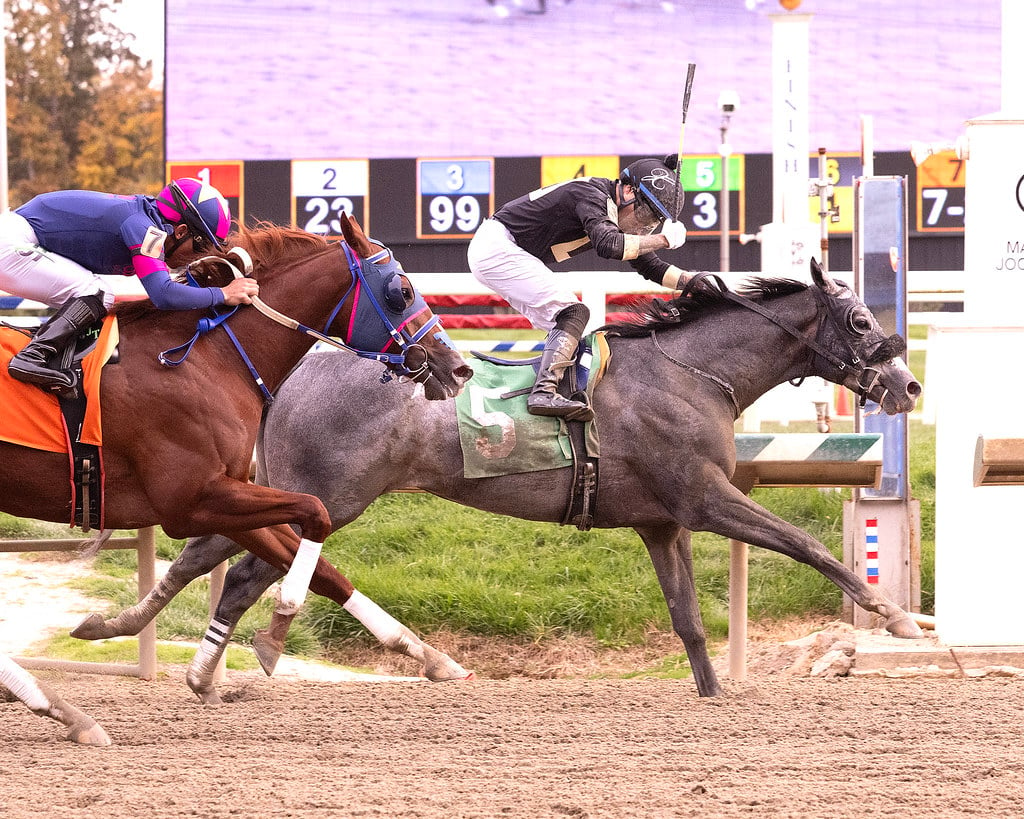
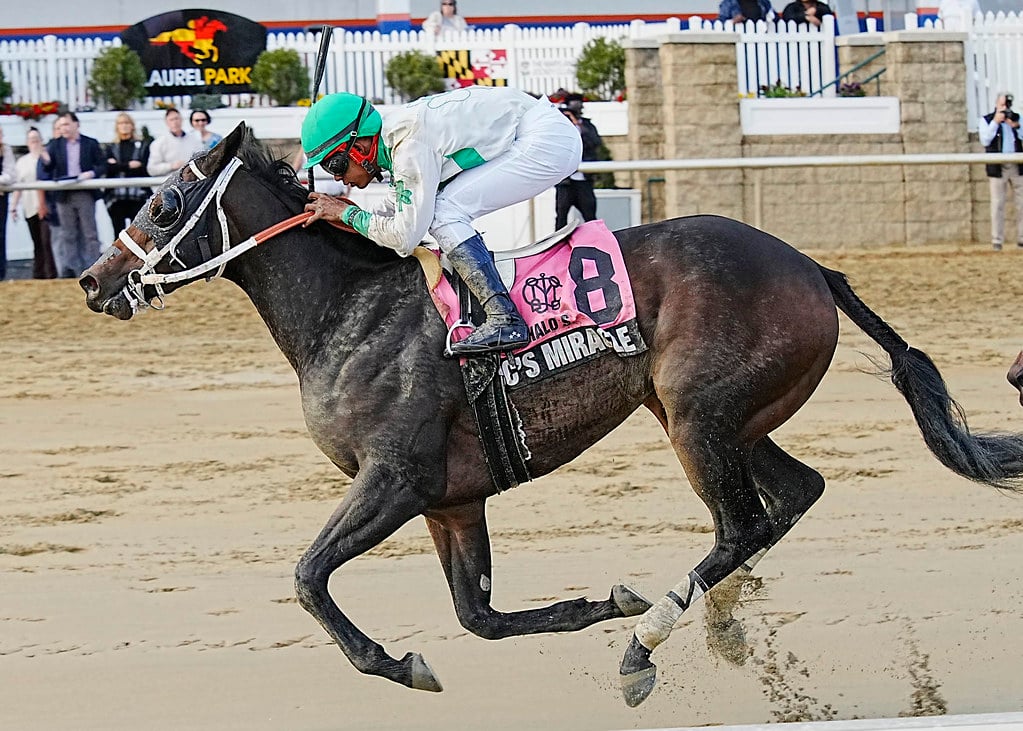
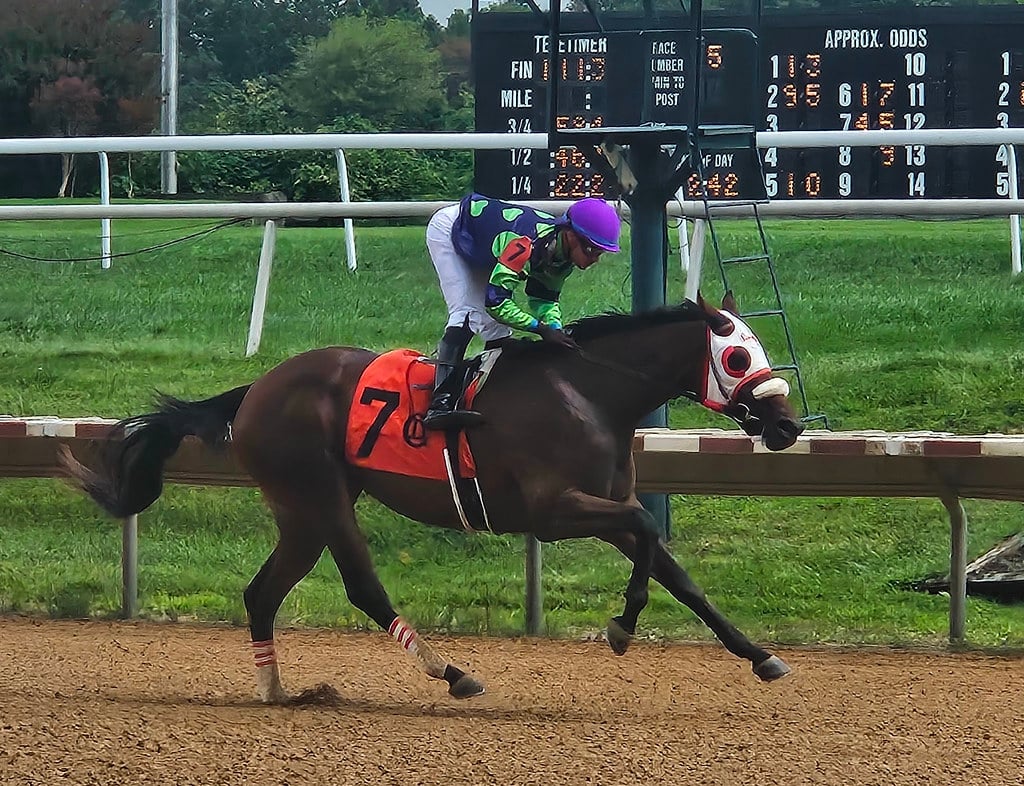

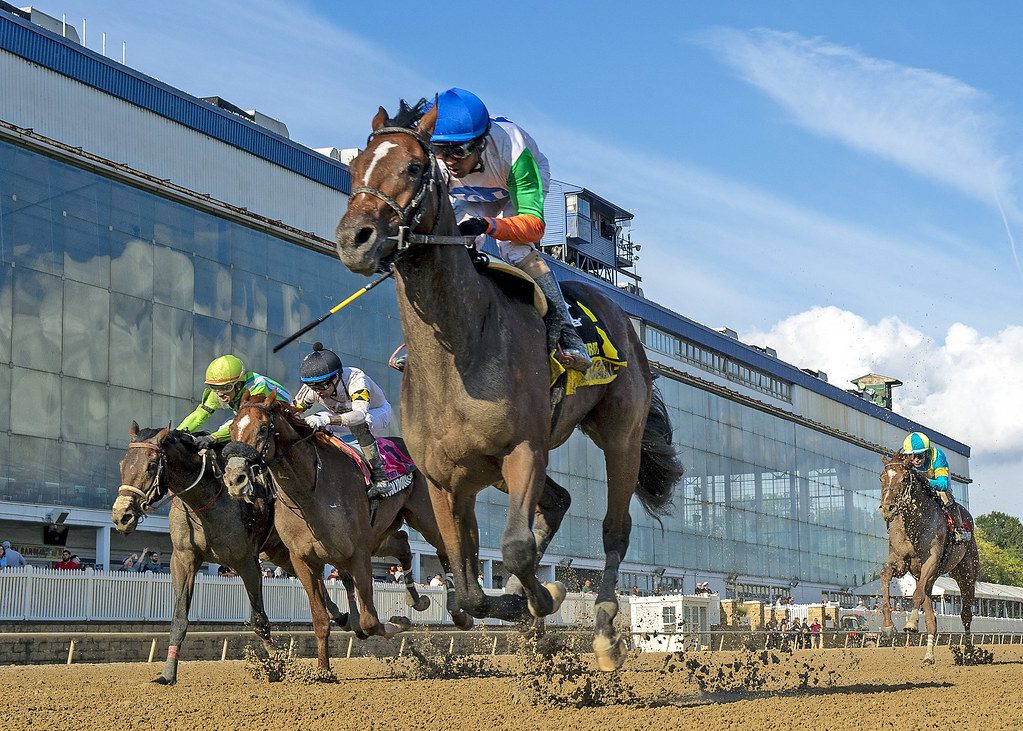

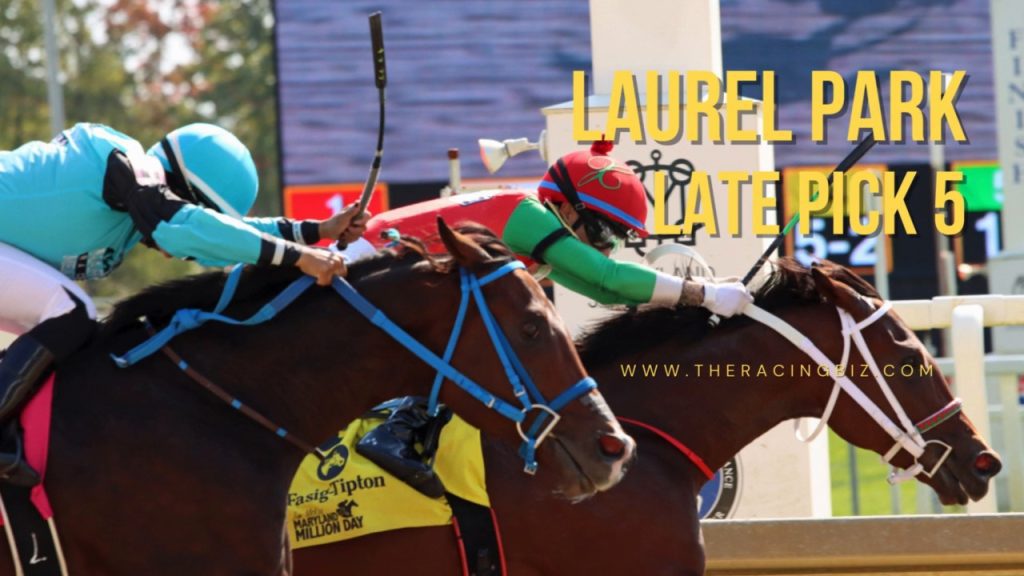
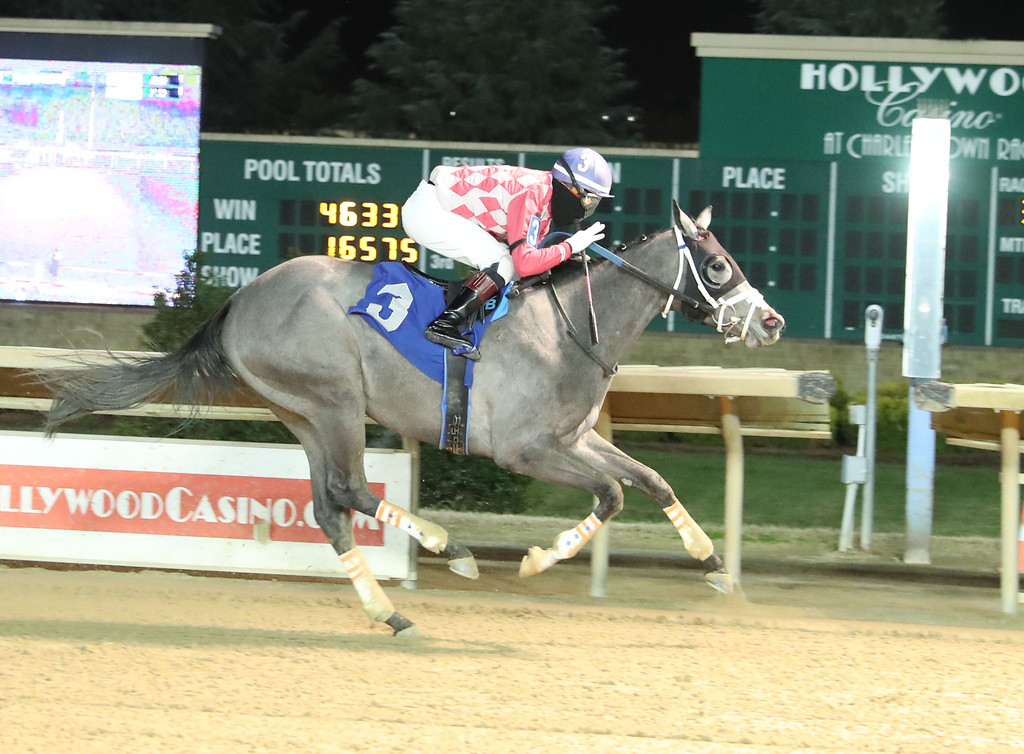

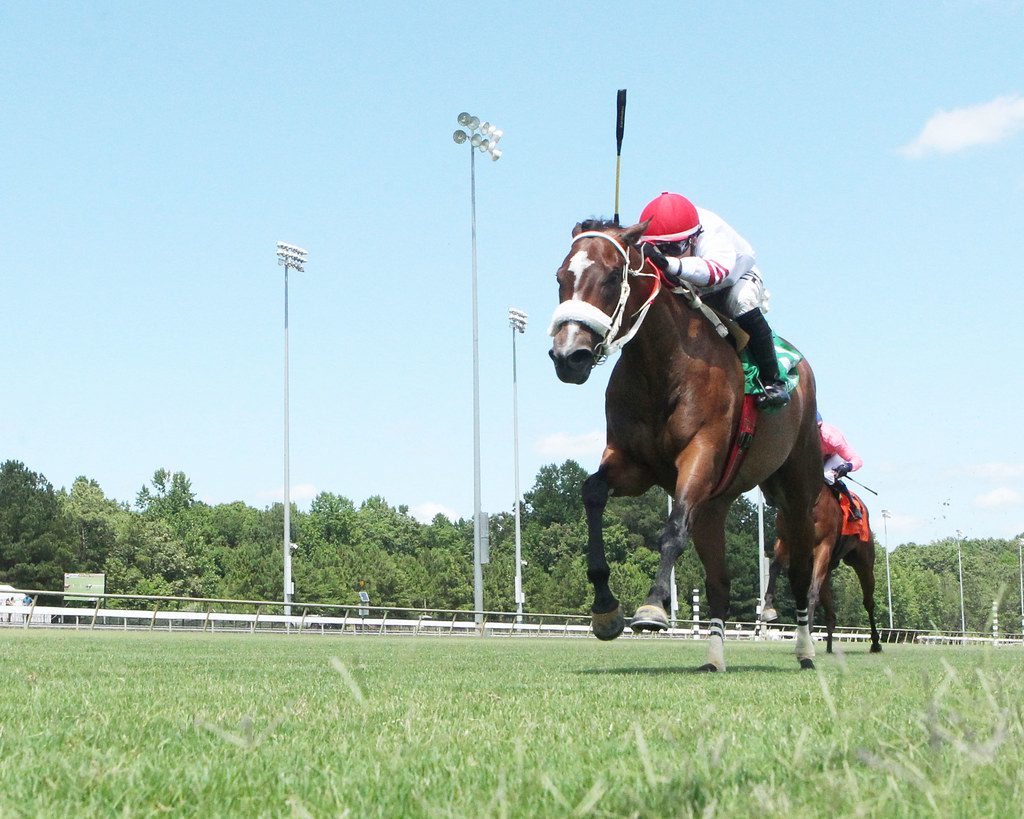



Virginia Horseman
26th Feb 2017What struck me, in reading the report, was the singlular focus on the issue of the Preakness. There’s no discussion of the facility’s use the other 364 days a year and how a redesign works for those days. There’s no sensible justification to spend $300M+ for a one day a year facility. Perhaps this focus on the “big event” is why the study suggests razing the barns on the backside and turning it into a parking lot? Prediction – as this process moves along, it is going to become nothing more than the Stronach Group’s means to pull the plug on Pimlico completely and to sell it off for redevelopment.
The Biz
26th Feb 2017thanks for checking in, Horseman. I think you’ve probably hit on the heart of the matter: does it make sense for the government to pour money into PImlico? There’s no real argument for forcing the Stronach Group to do it, esp. since they’re currently putting real money into Laurel. So the likely only way that Pimlico is saved is through substantial government involvement,and the only thing that would remotely justify that is keeping the Preakness in Baltimore.
bill
28th Feb 2017I wonder how many times the young councilmen, Yitzi Schleifer, has visited Pimlico ? He can’t attend the Preakness because it’s on a Saturday.(Mr. Schleifer observes Sabbath on Saturday’s) Mr. Schleifer is quoted in “Baltimore Magazine” saying he would like to see 50 events at Pimlico a year. If he could come up with 5 events, I would be very surprised. It’s time for the old hilltop to go. The Preakness deserves better and Baltimore could use the 125 acres of land to revitalize the decaying Northwest district. It’s a win-win.
Mark Shepperd
28th Feb 2017JUst tear down the old Dump. move the Preakness to Keeneland, and be done with it!!
no Brainer. Life changes, Tell me about it!!
Laurel is just fine,, Just move the Peakness to Ky. The sun will come up in the morning!!
The Biz
28th Feb 2017wow – of all the unusual suggestions… the Preakness at Keeneland? I’d put the chances of that at approximately 0 percent.